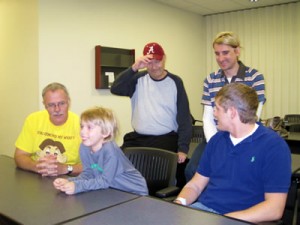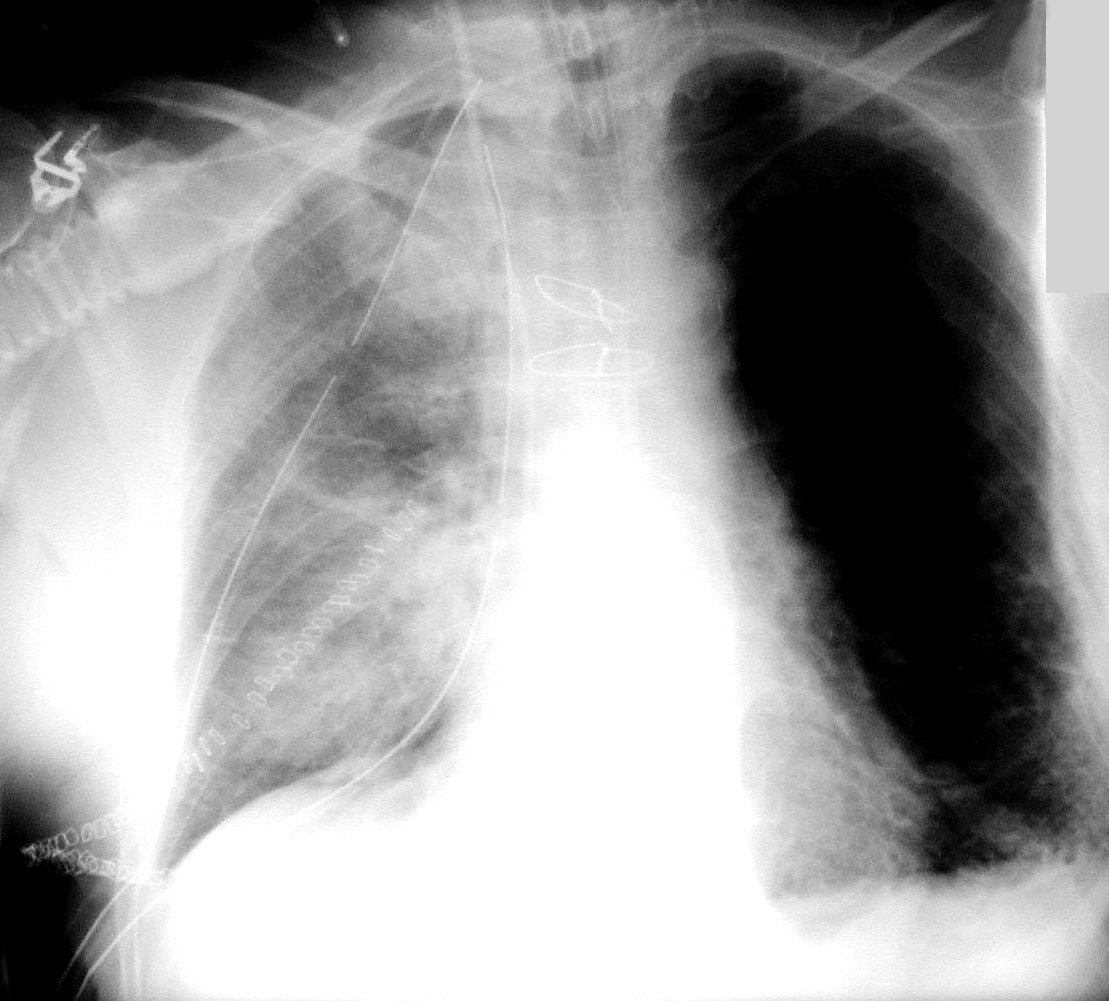In this video, players in this extraordinary transplant exchange tell their story.
You can also watch “The Mother of All Swaps,” a news report from 11 Alive Atlanta
When Jon Pomenville of Anderson, SC, decided to donate a kidney altruistically to someone – anyone in need, anywhere in the country – little did he know his selfless sacrifice would in turn change the lives of not one, but numerous individuals and their families, including one little boy from Atlanta.
And little did he know that the selfless, anonymous act would quickly become not so anonymous. During a recent post-surgical clinic visit to Emory University Hospital, Pomenville met by accident – right in the transplant clinic waiting room – many of the individuals whose lives were changed. Soon the patients – recipients and donors – two father and son combinations and Pomenville, the man who would give to anyone – were hugging, shaking hands, and recounting their backgrounds and experiences.
Pomenville and the others, who were all part of what is called a paired kidney exchange, were unwittingly scheduled for appointments within a short period of one another. As one person began recounting the experience, eyes and ears began to focus on the tale being told from across a crowded room.

A chance meeting in a doctors’ waiting room led to a meeting between most of the people involved in the paired kidney exchange.
The Emory Transplant Center created and opened its innovative Paired Donor Kidney Exchange Program in 2009, providing greater hope for patients in need of kidney transplants. According to Kenneth Newell, MD, director of Emory’s living donor program, a paired exchange donation allows healthy individuals to donate a kidney to either a friend, loved one, or even altruistically to a stranger, despite incompatible blood matches. In paired donation, a donor and recipient are matched with another incompatible donor and recipient and the kidneys are exchanged between the pairs.
The procedure is another form of living donor transplantation. Donated kidneys also come from recently deceased donors. While most kidneys from deceased donors function well, studies have shown that a kidney from a living donor, either a blood relative or an unrelated person, provides the greatest chance for long-term success.
“Paired donor exchanges allow us to cast a much wider net to find compatible donors and recipients,” says Newell. “With a paired kidney transplant, one incompatible donor-pair is able to give a healthy kidney to a compatible recipient. In exchange, the second donor-recipient pair will give a compatible kidney to the first donor-recipient pair, making two compatible living donor transplants possible and increasing the potential number of available donor kidneys. This option can help those patients waiting for kidney transplants who have family members or friends willing to be donors and who are medically suitable, but who have an ABO blood type that is incompatible with the recipient’s blood type.”
Because of Pomenville’s donation, a 7-year-old boy named Zion was able to receive a lifesaving kidney from an unrelated donor because his dad, Mike, was able to donate. His surgery took place at Children’s Healthcare of Atlanta at Egleston.
And Gerald Smith of Five Points, Ala., would receive his life-saving kidney because his son, Matt, a recent University of Alabama graduate, would donate his to Zion. And finally, 20 year-old Edward Hill of Macon, a young man with a history of health challenges, would also receive his transplant at Children’s Healthcare of Atlanta – completing the six-person cycle, although the donor of Edward’s kidney is still unknown.
And Zion and Matt Smith will not only share a common bond and connection throughout life in the form of a kidney, but something even sweeter that that … blue Powerade.
“I’ve always really enjoyed drinking Powerade, particularly the blue flavor,†says Smith. Shortly after Zion awoke from his surgery, he inexplicably began requesting the blue-tinted soft drink too.
Other powerful kidney transplant stories out of Emory:
- “Creative program expands kidney transplant options” (blog post, 5/24/10)
- “Wake Forest Head Baseball Coach Donates Kidney To Player” (news release, 2/8/11)
- “Pediatric Kidney Transplant” (TV news report, 5/4/09)








